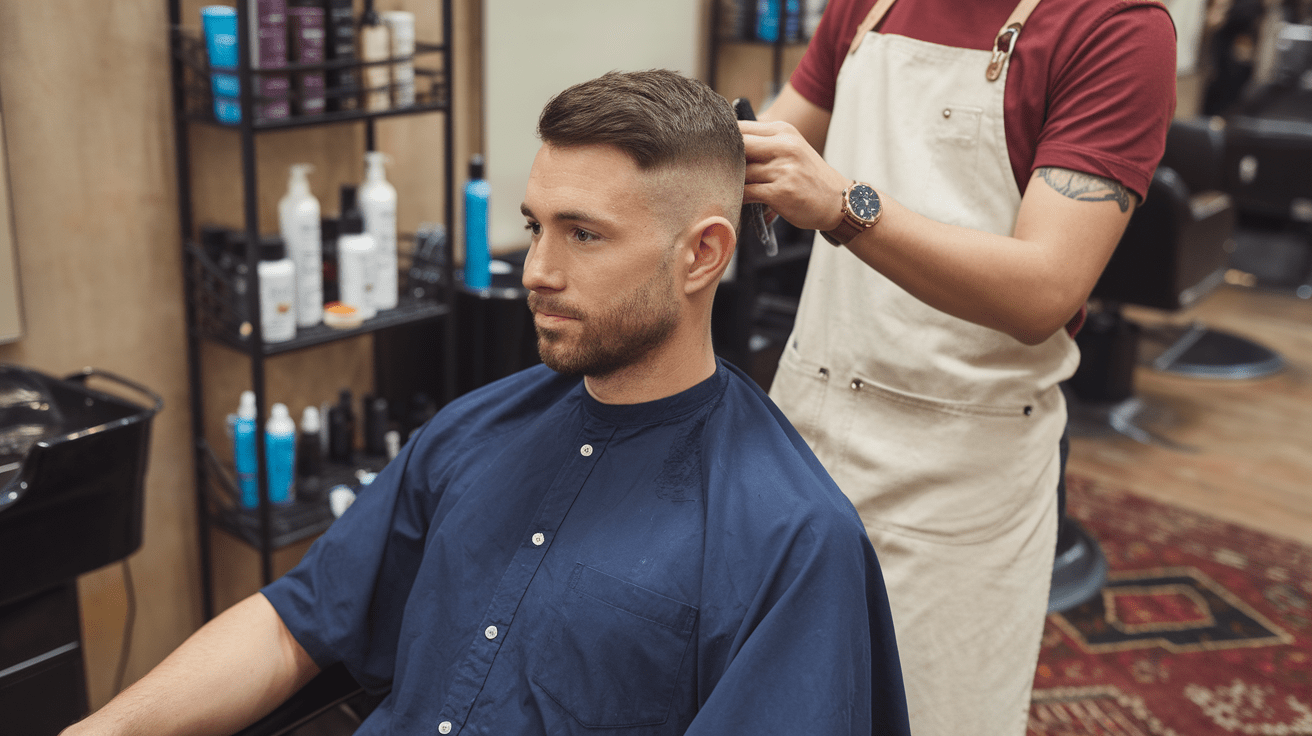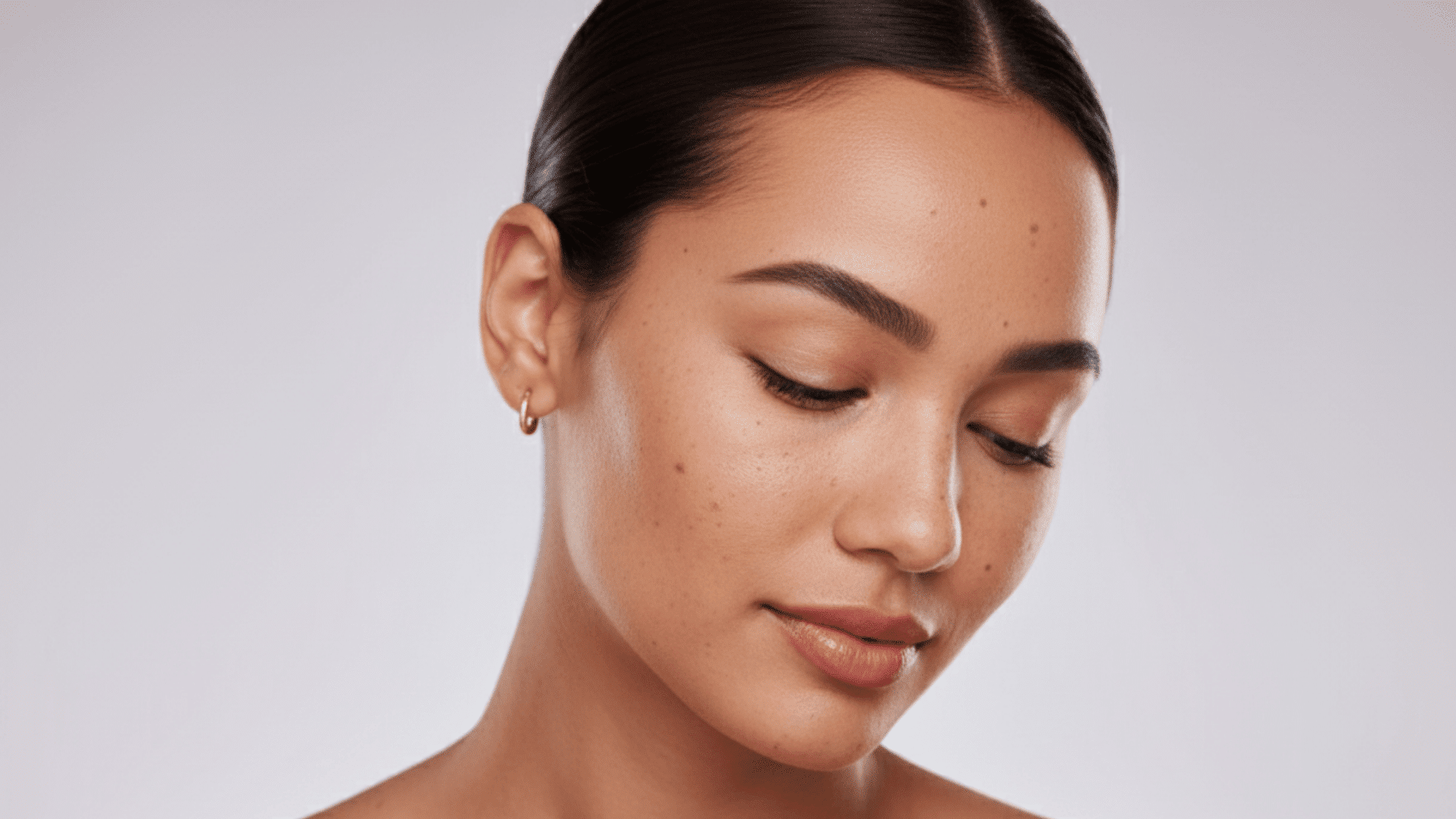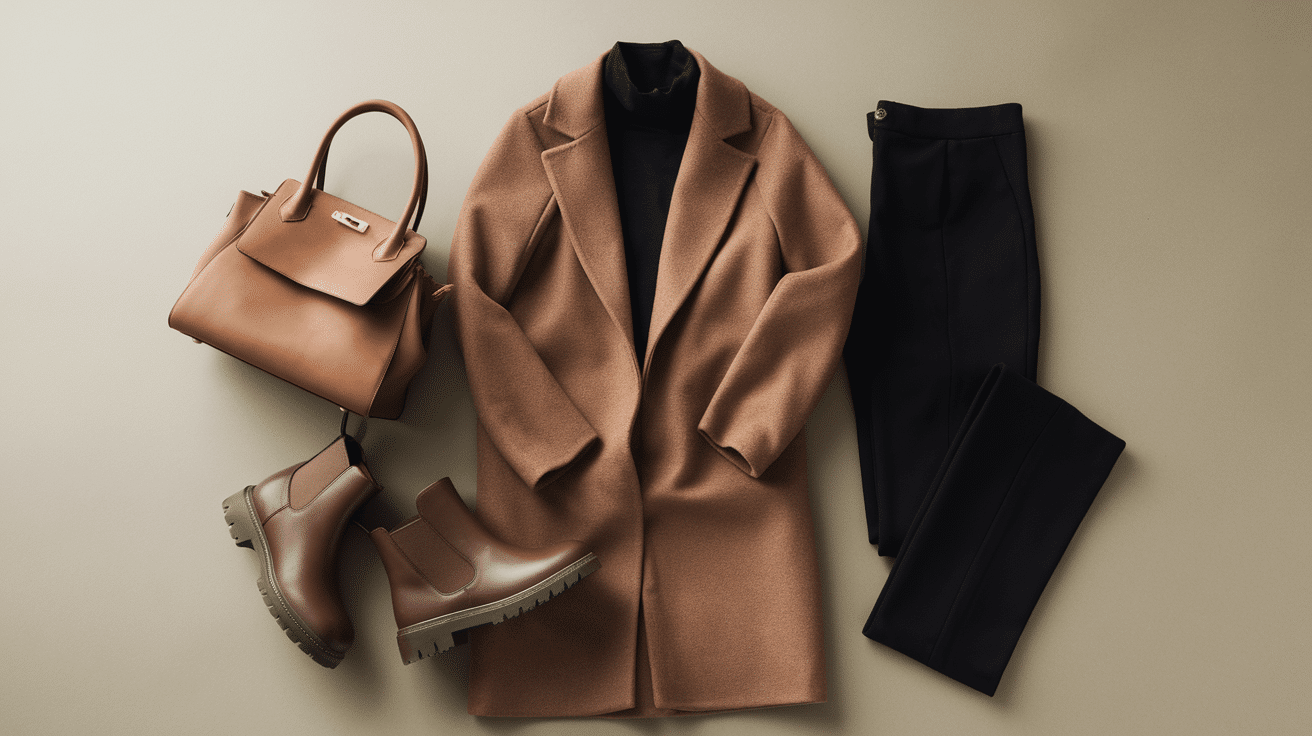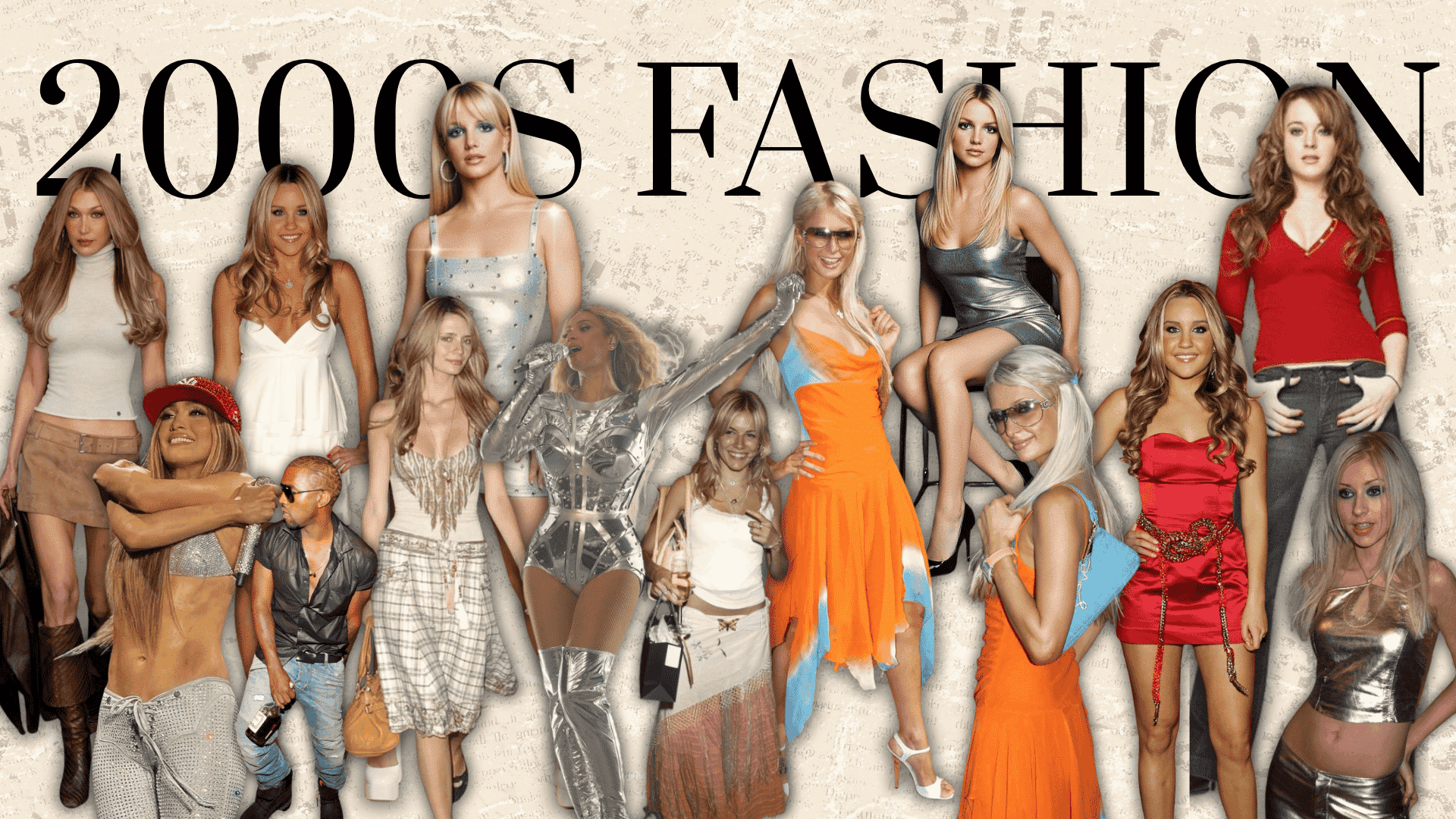Fade haircuts remain one of the most versatile and popular choices in men’s grooming.
Their clean lines and gradual blending make them suitable for nearly every hair type and lifestyle.
Choosing between a low fade and a high fade depends on the image you want to project, your daily routine, and the level of maintenance you prefer.
A low fade offers a polished, natural look that works in both casual and professional settings, while a high fade delivers sharper contrast and modern appeal.
This blog explains the difference between high fade, mid fade, and low fade, and helps you determine which style complements your face shape and personality best.
What is a Low Fade Haircut?
A low fade haircut begins just above the ears and gradually tapers upward to blend into the longer hair on top.
It provides a smooth, natural appearance that keeps a balanced shape.
The fade’s lower placement gives a subtle and polished finish, perfect for individuals who prefer a clean yet understated look.
It works especially well for professionals and anyone who wants a hairstyle that’s easy to maintain but still refined.
Characteristics of a Low Fade:
- Begins just above the ear line.
- Creates a soft, gradual transition between short and long hair.
- Looks smooth and natural on most hair types.
- Complements round or square face shapes.
- Matches classic cuts like the crew cut, side part, or textured crop.
What is a Mid Fade Haircut?
A mid fade haircut starts between the temples and ears, offering a balanced blend of definition and subtlety.
It gives more contrast than a low fade but remains less striking than a high fade.
When comparing mid fade vs low fade, the mid fade provides a noticeable yet refined transition, making it a versatile choice.
It adapts easily to both casual and semi-formal looks, fitting almost every face shape and hair texture.
Characteristics of a Mid Fade:
- Starts midway up the sides of the head.
- Offers moderate contrast and visibility.
- Easy to maintain with regular trims.
- Suits most hair types and face structures.
- Works well with comb-overs, brush-ups, and short textured styles.
What is a High Fade Haircut?
A high fade haircut begins near the temples or crown, creating a distinct separation between the top and sides.
It produces a strong contrast, drawing attention to facial structure and giving a sharper appearance.
The high fade vs low fade comparison highlights how the high fade stands out more dramatically and emphasizes clean definition.
It’s a confident style choice for those who like bold looks but require frequent maintenance to preserve its precise outline.
Characteristics of a High Fade:
- Starts near or above the temples.
- Creates a striking contrast between the top and sides.
- Ideal for oval or angular face shapes.
- Adds height and structure to the haircut.
- Pairs with modern styles such as pompadours, quiffs, and buzz cuts.
Comparing Low Fade vs Mid Fade vs High Fade
Each fade creates a different effect depending on its height, contrast, and upkeep.
Understanding these details helps determine which fade best fits your lifestyle and personal style.
| Feature | Low Fade | Mid Fade | High Fade |
|---|---|---|---|
| Fade Start Point | Just above the ears | Between ears and temples | Near the temples or crown |
| Overall Look | Subtle, polished | Balanced, modern | Sharp, striking |
| Contrast Level | Smooth, natural | Moderate with visible blend | High with clear distinction |
| Maintenance | Low upkeep | Moderate upkeep | High upkeep |
| Best For | Minimal styles | Versatile everyday looks | Trend-driven or bold styles |
| Face Shape | Round, square | Most face shapes | Oval, angular |
| Hair Type Suitability | Straight, wavy, fine | All hair types | Thick or coarse |
| Styling Options | Crew, side part | Comb-over, textured top | Quiff, buzz cut |
A low fade keeps things soft and refined, a mid fade delivers balance and versatility, and a high fade adds bold contrast and edge.
Your decision depends on the statement you want to make and how much time you’re willing to spend maintaining it.
Other Types of Fades to Consider
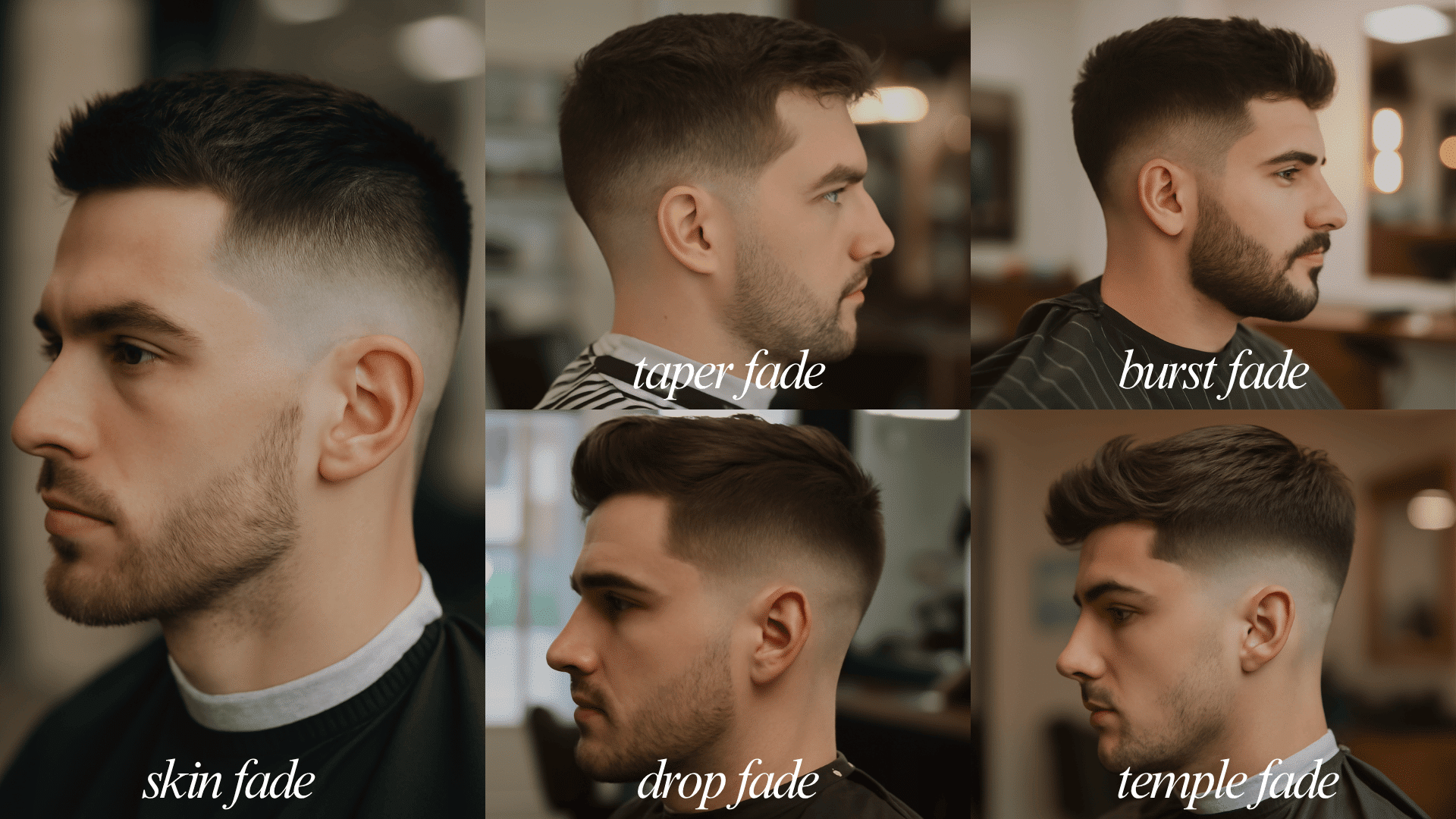
Beyond high and low fades, several other fade variations offer different looks and levels of contrast.
- Skin Fade: Gradually tapers down to bare skin for a neat finish.
- Taper Fade: Focuses on sideburns and neckline for a soft transition.
- Burst Fade: Rounded around the ears, giving dimension and shape.
- Drop Fade: Curves behind the ears, following natural contours.
- Temple Fade: Centers the fade around the temples for a focused edge.
Each fade type can be paired with low, mid, or high placement to create a custom look.
How to Style and Maintain a Fade?
Proper styling keeps any fade looking sharp and fresh.
Doesn’t matter if you choose a high fade, a low fade, or a mid fade; maintaining the transition ensures your haircut stays defined.
- Use matte pomade, clay, or lightweight cream for control without stiffness
- Schedule trims every 2–3 weeks to maintain clean lines
- Wash and condition regularly to keep the scalp and hair healthy
- Brush along the fade line to prevent buildup and preserve texture
- Add volume with a blow-dryer or sea salt spray
- Apply light oil or serum to reduce dryness and add smoothness
Conclusion
Deciding between a low fade and a high fade depends on your style preferences, face shape, and maintenance comfort.
A low fade delivers a soft, balanced look that’s ideal for professional or minimal styles, while a high fade creates stronger definition suited for modern, confident appearances.
The mid fade vs low fade remains a great middle-ground option for those seeking flexibility.
Each fade type offers unique advantages, allowing you to express individuality through subtle or bold choices.
A well-executed fade haircut enhances your overall look and reflects your sense of style effortlessly.
Which fade do you prefer?
Share your thoughts and favorite fade styles in the comments below!
Frequently Asked Questions
What Does 1, 2, 3, 4, 5 Mean in Haircuts?
These numbers refer to clipper guard sizes, which determine hair length. A number 1 is the shortest, leaving about 1/8 inch of hair, while a number 5 leaves roughly 5/8 inch. The higher the number, the longer the remaining hair.
What Type of Fade Looks the Best?
The best fade depends on face shape and lifestyle. A high fade suits sharp features, a mid fade works for most face types, and a low fade is perfect for a softer, professional appearance.
What is the 7-Day Haircut Rule?
The 7-day haircut rule suggests checking your haircut within a week to see how it settles. This allows small adjustments to maintain clean edges and ensures the fade stays sharp as it grows out.

